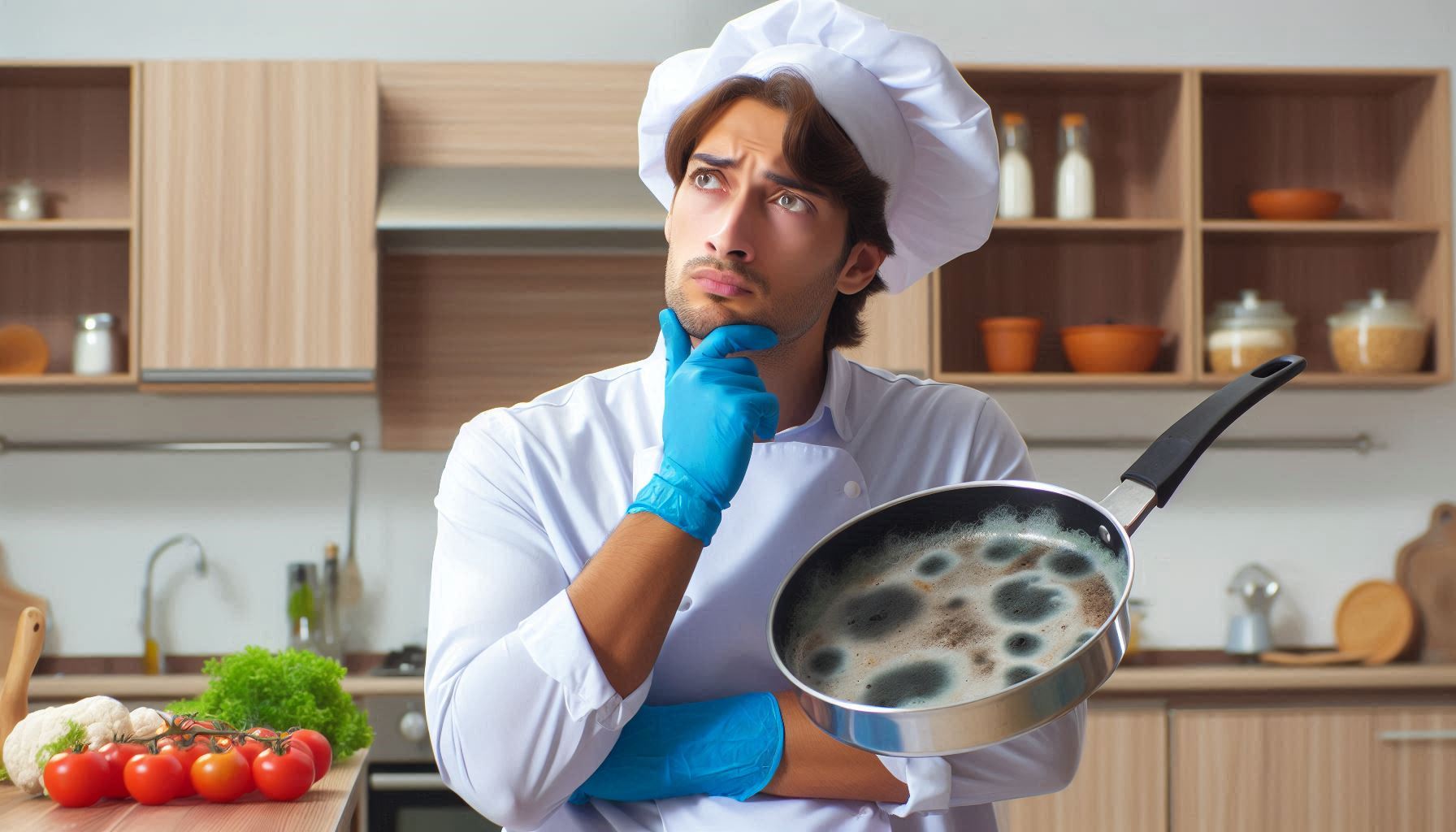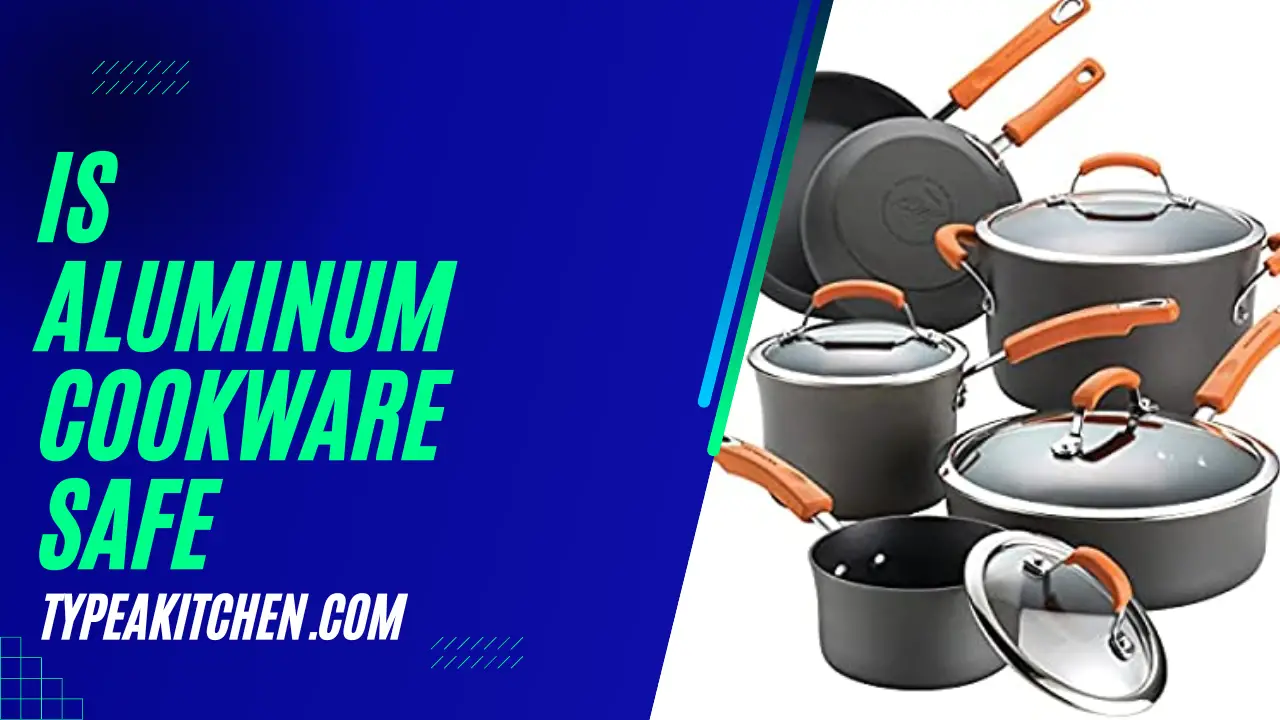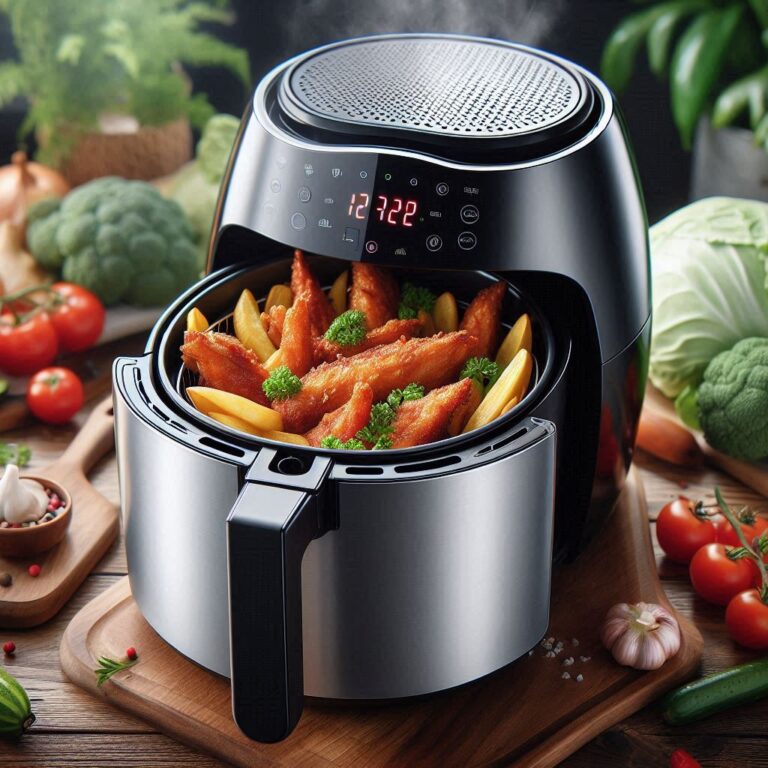Can You use a Pan that has Mold on it?
A common kitchen dilemma that many of us have encountered at some point is the discovery of mold on a cooking pan. Whether it’s a neglected pot stored in a dark corner of the cupboard or a forgotten skillet left out on the counter for too long, mold can find its way into our kitchenware.
The question then arises: can you use a pan that has mold on it?
We will explore the risks associated with using moldy cookware, how to clean it properly, and when it might be time to say goodbye to your beloved kitchen tools.
The Dangers of Mold
Before delving into whether you can salvage a moldy pan, it’s essential to understand the potential dangers of mold exposure. Mold is a type of fungus that can produce allergens and mycotoxins, which can be harmful to humans.
Inhaling or ingesting mold spores or mycotoxins can lead to various health issues, including allergic reactions, respiratory problems, and digestive disorders. Therefore, it’s crucial to take mold growth seriously, especially in items used for cooking and food preparation.
Assessing the Situation
The first step in determining whether you can use a pan with mold on it is to assess the extent of the contamination. Not all mold is created equal. If you discover a small, superficial patch of mold on the exterior of your pan, it may be possible to salvage it.
However, if the mold has penetrated the surface or is present on the interior, it’s generally safer to err on the side of caution and discard the pan.
Cleaning a Moldy Pan
If you decide that the mold on your pan is minimal and only on the surface, you can attempt to clean it. Follow these steps to clean a moldy pan safely:
- Safety First: Use protective gear like gloves and a mask to avoid inhaling mold spores during the cleaning process.
- Isolate the Pan: Remove the moldy pan from other kitchenware to prevent cross-contamination.
- Scrubbing: Use a scrub brush or abrasive sponge to scrub off the mold. Make sure to get into any crevices or hard-to-reach areas.
- Soap and Water: Wash the pan thoroughly with hot, soapy water. This will help remove any remaining mold spores and sanitize the surface.
- Vinegar or Baking Soda: For an extra layer of mold-fighting power, you can create a paste with vinegar or baking soda and apply it to the affected area. Let it sit for a while before scrubbing and rinsing.
- Boiling Water: To further disinfect the pan, you can boil water in it for a few minutes. This can help kill any remaining mold spores.
- Inspection: After cleaning, carefully inspect the pan to ensure all mold is gone. If any mold remains, repeat the cleaning process.
When to Say Goodbye
Despite your best efforts, there may be situations where it’s best to part ways with a moldy pan. Here are some scenarios when it’s time to bid farewell:
- Interior Mold: If the mold has penetrated the interior of the pan, it’s nearly impossible to remove it entirely. Cooking with such a pan poses significant health risks.
- Repeated Contamination: If a pan has developed mold multiple times, it may be a sign that it’s no longer safe to use. Mold could be lurking in unseen places.
- Severe Damage: If the mold has caused structural damage, such as pitting or corrosion, it’s time to replace the pan.
- Non-Stick Coating: Pans with non-stick coatings can be challenging to clean thoroughly, especially if mold has developed beneath the surface. It’s often safer to discard them.
Conclusion
Discovering mold on a cooking pan can be a disheartening experience, but it’s essential to prioritize your health and safety. While it’s possible to clean and salvage a pan with surface mold, exercise caution and follow proper cleaning procedures.
However, when mold has deeply penetrated or repeatedly reoccurs, it’s time to say goodbye to your beloved kitchenware and invest in a new, mold-free replacement.
Remember that the best defense against mold is prevention, so store your cookware in a dry, well-ventilated area, and regularly inspect it for signs of mold growth.









